#microtones
Text
I wonder what would happen if the Maestro from Doctor Who, who is music incarnate, knew about microtones. Like, if they saw this—
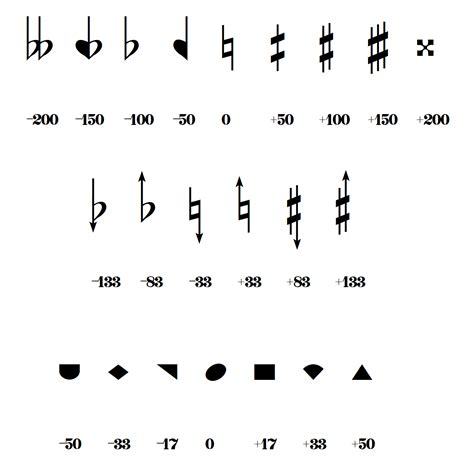
would they explode.
#no but seriously#doc may have flubbed the last note of the sealing chord#but they and ruby still clapped the maestro with just a regular piano!#imagine all of the sealing chords you can make with other tunings systems!#like#if the maestro heard that modulation to the key of g half sharp in “in the bleak midwinter”#i think they would collapse like a dying star#anyways#doctor who spoilers#dw spoilers#the maestro#ruby sunday#the fifteenth doctor#microtones#i love microtones#12 tet#12 tone equal temperment#12 edo#microtone#xenoharmonics#or is it#xenaharmonics#i don’t know#doctor who#i fucking forgot to add the dw tag the first time#i’m an idiot
25 notes
·
View notes
Text
youtube
Today I've continued to experiment in 31-EDO. In particular, this study focuses on the neutral third, lying halfway between the familiar major and minor thirds. It also explores a way to do lydian harmony in 31-EDO, using a good approximation of the 11th harmonic that 12-EDO simply doesn't have.
Moreover, I found a way to combine these two harmonic concepts. Notice that the A half-flat can be used as the neutral third over F, but also as the 11th harmonic over an E flat. I used these common tones to harmonize a descending bassline, where I explore some various harmonizations of these two ideas, using major sevenths, neutral sevenths, and dominant sevenths based on the 7th harmonic.
As always, these pieces are welcome for anyone and everyone to play (provided you have a 31EDO instrument, good luck). All I ask is that you share it with me, because I'd love to hear it done by a live player!
#composer#composition#harmony#21st century music#alternative classical music#classical music#music theory#sheet music#organ#pipe organ#organ music#microtones#microtonal#microtonal music#xenharmonic#xenharmonic music#31edo#31tet#fokker organ#Youtube
3 notes
·
View notes
Text

Jute Gyte - Ship of Theseus
Holy fucking SHIIIIIT. Jute Gyte has to be one of if not my favorite solo-black metal project, black metal, project, fucking whatever cool experimental stuff he does I love.
The main thing that Adam Kalmbach's project Jute Gyte is known for is its use of Microtonal Music. If you don't know, western music is generally split (super simplifying here) into half tones. So you have A and then A Sharp and then B, C, then C sharp, D, D sharp. So it progresses in these half steps. In Middle eastern Music and south asian music, and many other cultures outside of the western school of music theory. There are many many more. So there could be a note between d sharp and E that is just like D sharp sharp, or maybe D.78 or D.92 depending on how specific. Essentially Jute Gyte is playing notes, chords, and scales that do not exist within western music canon. If you've never listened to music outside of that space (which includes everything from Justin Bieber to Darkthrone to WuTang to Mozart to Elvis to Miles Davis to Taylor Swift) then this is going to sound insane to you. Even out of tune, it isn't. This is just that cool ass experimental music.
This whole album, once you get into the sound he's going for, is such a slow and particular burn filled with incredibly dense riffs and noise orchestration. The guitars prick and and pop almost sounding like metallic crashes or high pitched banging to fit in with the noisey sampling and electronic soundscape. They float between almost recognizable sounds by incorporating notes that aren't within the western canon but are a similar space apart between familiar chords / scales (for instance playing in D.75 Major scale). This playing with familiarity makes everything feel uncanny and uneasy, yet still beautiful. Each song has it's low quieter moments that build into epic, high intensity climaxes that are so dense and well constructed that even after a few listens there will still be details, notes and references.
An absolute fucking experience. Jute Gyte is one of the best to be making music right now.
#now listening#album recs#metal#music recs#music#Black Metal#Experimental Black Metal#Experimental Metal#Microtones#Microtonal Music#Microtonal Metal#Microtonal Black Metal#Microtonal Technical Metal#Technical Metal#Jute Gyte#Dark Ambient#Noise Metal#Noise Music#Avant Garde music#Avante Garde Metal#Experimental Music#Ambient music#Ambient#Classic Album#Underrated Artist
10 notes
·
View notes
Text

hehe, playing around with microtones
0 notes
Video
youtube
Hercules and love affair Blind(Lyrics)
0 notes
Audio
Listen/purchase: Gilgamesh Suite by Locrian Chamber Players
0 notes
Text
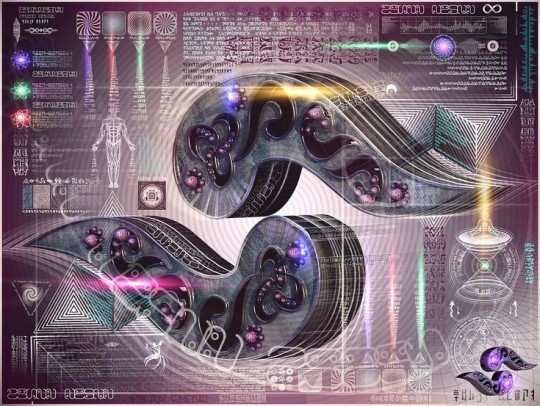

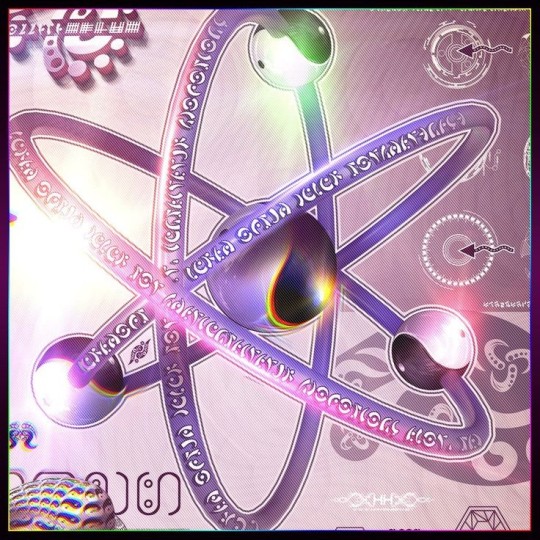
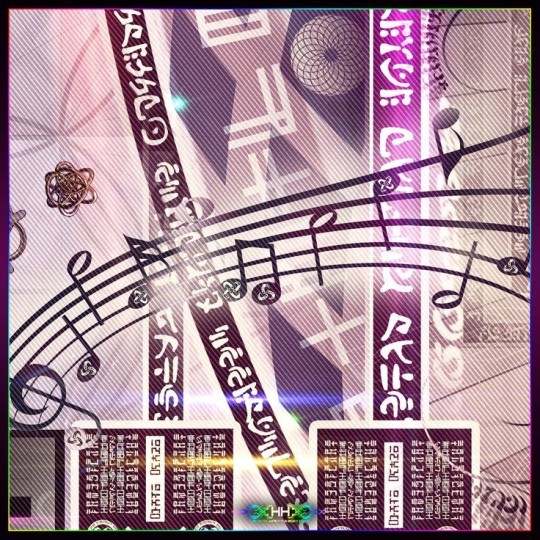
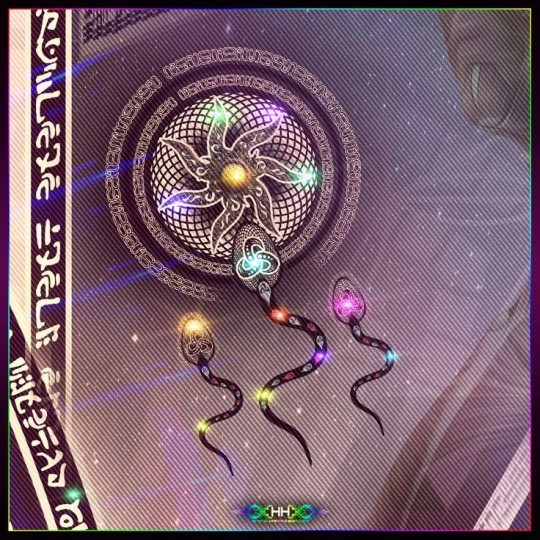



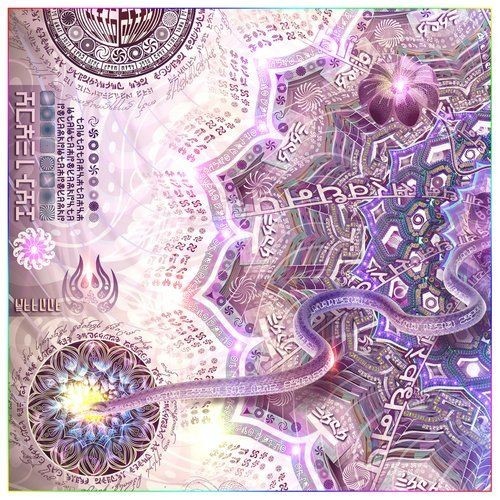
microtonal chords make me feel new, alien things. it feels like a soundtrack for a far away planet, or what alien music could sound like. it's also like I'm hearing math when music artists who really understand microtonal music theory create absolutely insane underrated songs.
art is from the Universal Transmissions Journal
#art#psychedelic art#sacred geometry#geometry#spiritual art#spirituality#akashic records#microtonal#microtones#xenharmonic#music#eastern music#music theory#chords#444#trippy#trippy art#yin yang#religion#queer#soulposts
1 note
·
View note
Text
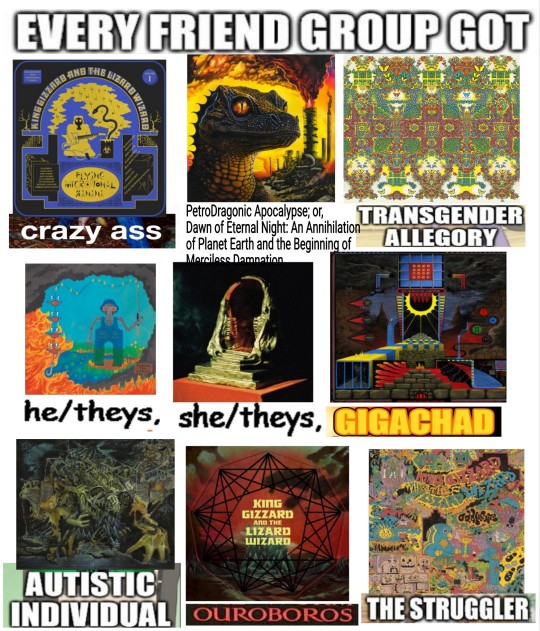
#king gizzard and the lizard wizard#kglw#flying microtonal banana#petrodragonic apocalypse#butterfly 3000#fishing for fishies#infest the rats' nest#polygondwanaland#murder of the universe#nonagon infinity#oddments#every friend group has#every friend group got the#my posts#honestly this took me way too long 😭😭#kgatlw
3K notes
·
View notes
Text

"Look into the sky and see the pattern..."
#king gizzard and the lizard wizard#flying microtonal banana#FMB#kglw#lowpoly#webcore#vaporwave#old web#retro#arcadecore#techcore#nintendo#3ds#ds#psx#ps1#n64#y2k#y2kcore#lowpolyparrot
3K notes
·
View notes
Text
musician here. its a very firm belief of mine that music is for everyone to enjoy, and part of that enjoyment stems from making music. composing music shouldn't be just limited to the people who take classes on how to do it
but zovie, you're asking me, how do i make music? i don't have a way to make sheet music!
yes you do. musescore is free. you can just download it and start making music.
musescore
but maybe you're thinking, thats not really for me but i wish i could get into analog synth! that looks really cool!

cmon it looks so fuckin cool. unfortunately it costs an actual arm and a leg to get into. i encourage you to not saw off your limbs, so maybe try VCVRack, a free, open-source simulator for a eurorack synth that looks *almost* this cool and is completely midi-compatible!
VCVRack
go forth and make music!
#music#musicposting#microtonal music#musescore#vcvrack#musician#tunes#songs#electronic music#music producer#music composer
203 notes
·
View notes
Text
I was working on an intrasport cover for microtonal practice and my girlfriend told me the WIP sounded like a ringtone so here's an intrasport ringtone
#intrasport#king gizzard#king gizzard and the lizard wizard#kglw#kgatlw#KG#K.G.#cover#music cover#ringtone#microtonal#microtonal music#synth#fl studio#xenfont
184 notes
·
View notes
Text
youtube
Today's piece is another exploration of 31-EDO for string quartet. 31 is neat, in that it is *nearly* divisible into five equal pieces. 30 steps would divide into five equal intervals of six steps, so 31 EDO does the same, but one interval must be a step larger at seven steps.
Doing this process in 12-EDO results in the standard pentatonic scale (once you've rounded it), making it the most even way to distribute five notes in an octave. However, it still has plenty of asymmetries, it has two of one interval and three of the other, making it simple to define a "start" or "end to the scale, as it's easy to tell where you are.
This does not hold true for 31-EDO. Since only one interval is a different size, and that change is very small, it behaves much more like a symmetrical scale (even though 31-is prime!). The resulting intervals are also pretty non-traditional. Most are "super-seconds", one step larger than a major second, while the last is a sub-minor third.
Interestingly, since a perfect fifth is 18 steps in 31-EDO, it is tri-sected by these super-seconds, as demonstrated in the first measure. However, due to the sub-minor third, there are only two such fifths in this set, the rest being a step too large, or a "super-fifth".
These unusualities combine to mean that standard triads don't really exist in this space. There is only one interval that acts like a third, and its existence prevents perfect fifths near it, making no set of three notes act like a typical triad, even with 31-EDO's additional triad types.
Because the set is near-symmetric, it can be difficult to decide which note is the "root", since they all result in very similar sounds. The sub-minor third is the only interval that provides a landmark, so I've found that using one of its notes is practical. Using its top note as the root, you get a perfect fifth above, but no third. Using the bottom note as the root, you get a sub-minor third, but no fifth. That said, I do find this version to work a little better. While it has no perfect fifth, it does have a fourth, giving it some stability. The sub-minor third is also supported by its perfect fifth, being a sub-minor (or harmonic!) seventh above the root. Besides, the super-fifth is not *terribly* dissonant, and can still behave like the fifth of the chord. As such, I use this version more in this study.
That's enough theory, I guess I should talk about the piece itself. After introducing the idea, I do two statements of a theme. The first uses only these five notes, treating it like a scale or mode. It sounds like a fascinating middleground between major and minor pentatonic; the melody begins as if suggesting F# minor pentatonic, but ends suggesting Eb minor pentatonic. In 12-EDO, Eb minor pent. is the same notes as F# *major* pent., resulting in a percieved change of mode that doesn't even exist.
The second phrase uses it is a chord, and slides between the different transpositions of it. Generally, I do this by changing one note at a time. By shrinking the sub-minor third to a super-second, it widens one of the super-seconds to a sub-minor third. Doing this enough times, I eventually move the whole space to about halfway between where the notes started.
I found that both of these approaches work very well. The sound is remarkably unified, despite being very far removed from what is possible in 12-EDO. My guess is that its (near-)symmetry acts as an anchor, supporting itself, as does our prediliction for pentatonic scales, which have been found in many different tunings across many of the world's cultures.
As always, these pieces are welcome for anyone and everyone to play! All I ask is that you share it with me, because I'd love to hear it done by live players!
#composer#composition#sheet music#classical music#alternative classical music#music#violin#violins#violin music#viola#viola music#cello#violoncello#cello music#violoncello music#string quartet#string quartet music#string ensemble#harmony#music theory#microtones#microtonality#xenharmonic#xenharmonic music#microtonal music#31EDO#31-EDO#31TET#31-TET#21st century music
1 note
·
View note
Text
music blinkies i made











i can't stop
#king gizzard and the lizard wizard#kglw#flying microtonal banana#12 bar bruise#butterfly 3000#willoughby's beach#oingo boingo#boingo#radiohead#the bends#in rainbows#the king of limbs#a moon shaped pool#blinkies#blinkie#music blinkies#web graphics#neocities#webcore#(reluctantly)
248 notes
·
View notes
Text
extended that 19EDO song from a few months ago!
this was a huge pain in the ass because I know jack shit about mixing and wanted to make a song that didn't fucking hurt your ears (like river styx)
105 notes
·
View notes
Text

ascending the spiral staircase.
#for context: the song is about a romance between a mars rover and a human living in a biosphere#it uses microtonality to convey that almost-but-not-quite-there kind of distance#in this image I close the distance; dave is taking hal with him as he ascends and the background is a gradient of the two shades of pink#2001 a space odyssey#2001 aso#dave bowman#david bowman#hal 9000#halman
113 notes
·
View notes
Text
Nuclear Fusion vs. This Thing
PROPAGANDA UNDER THE CUT
king gizzard live at lowlands festival on YouTube 27:55
#kgatlw#king gizzard and the lizard wizard#king gizzard#flying microtonal banana#fishing for fishies#round 1
49 notes
·
View notes